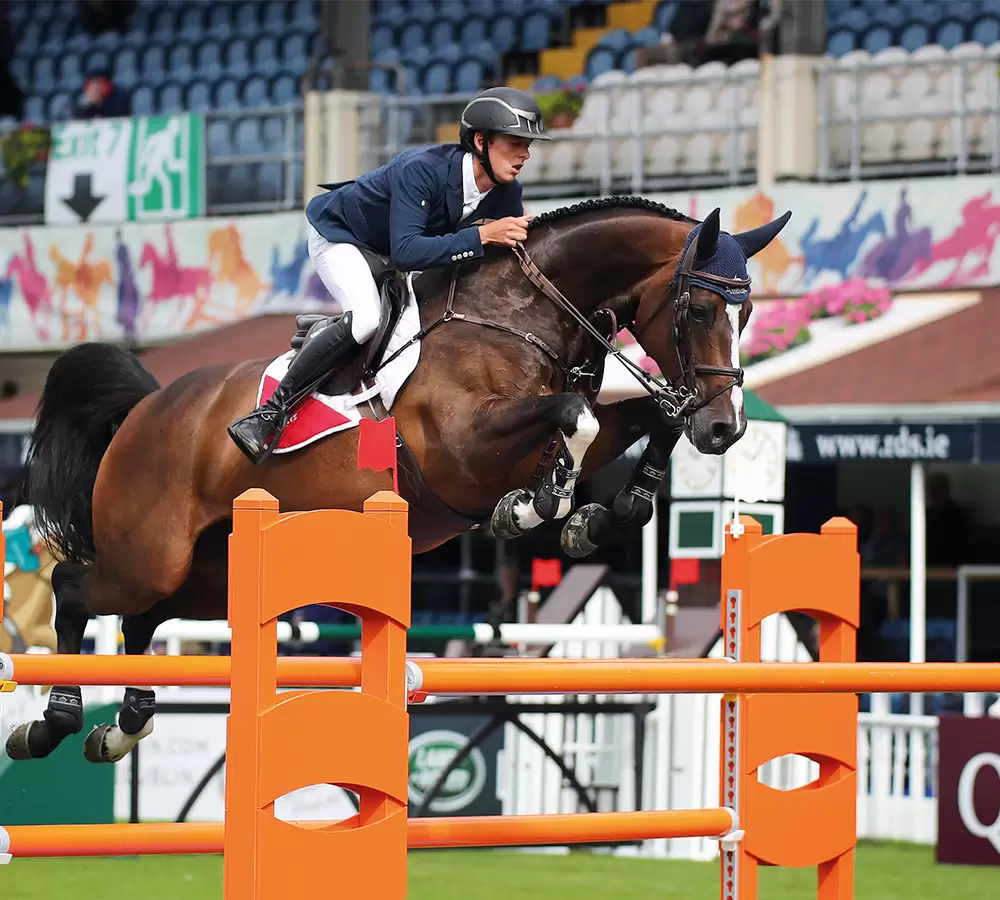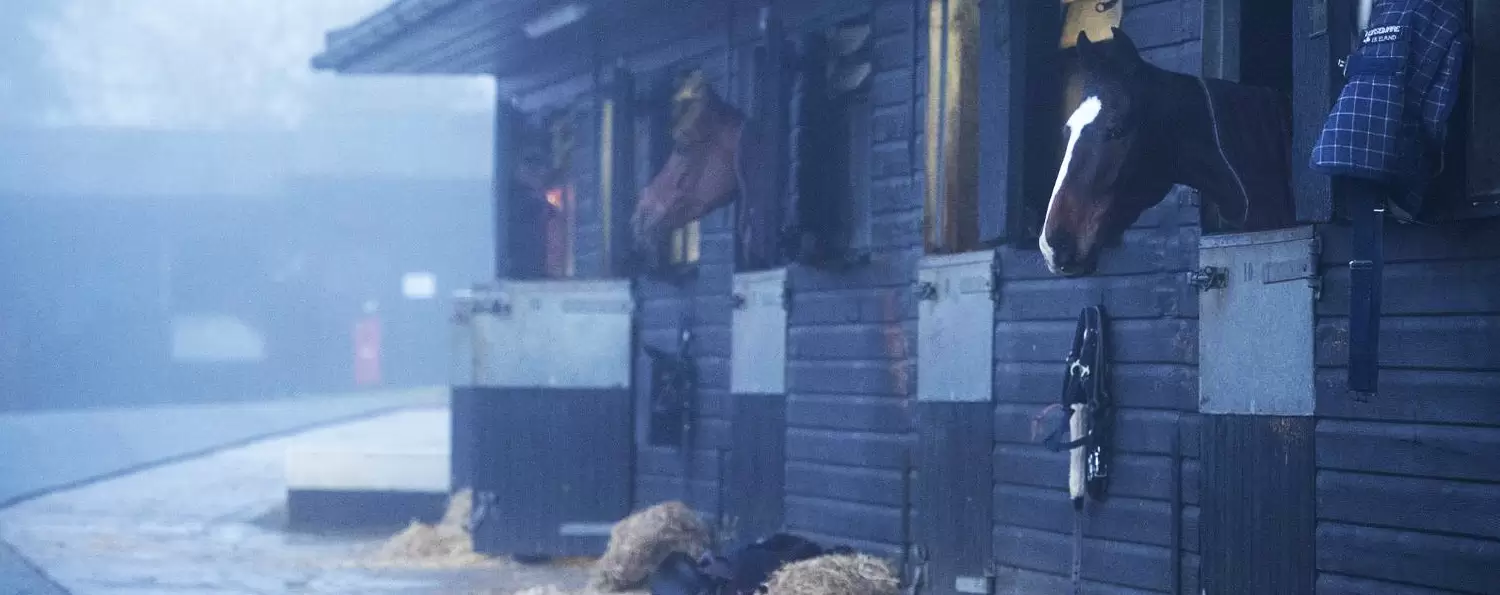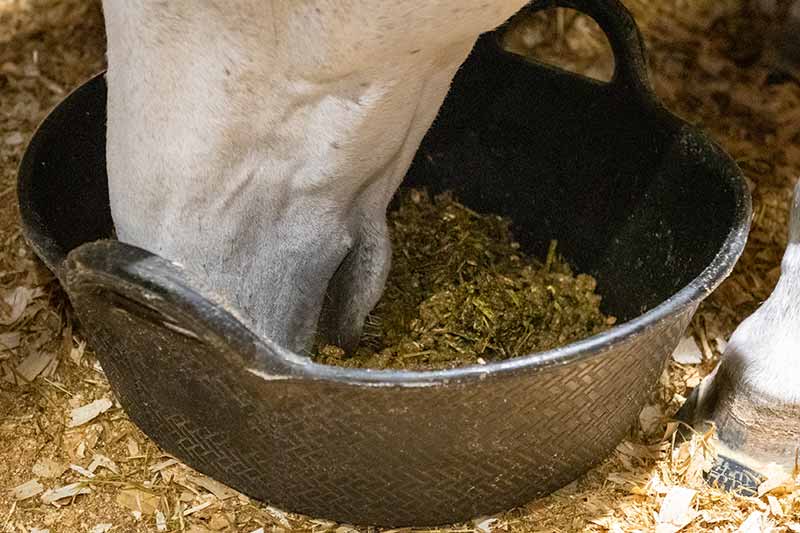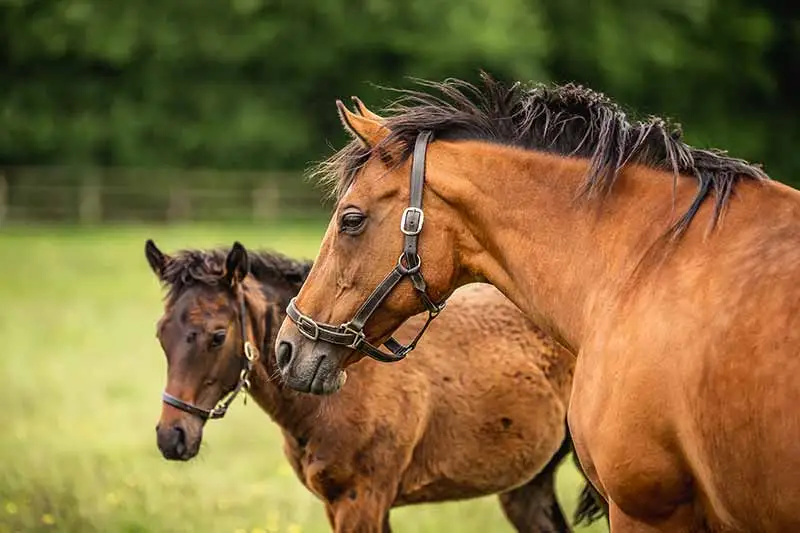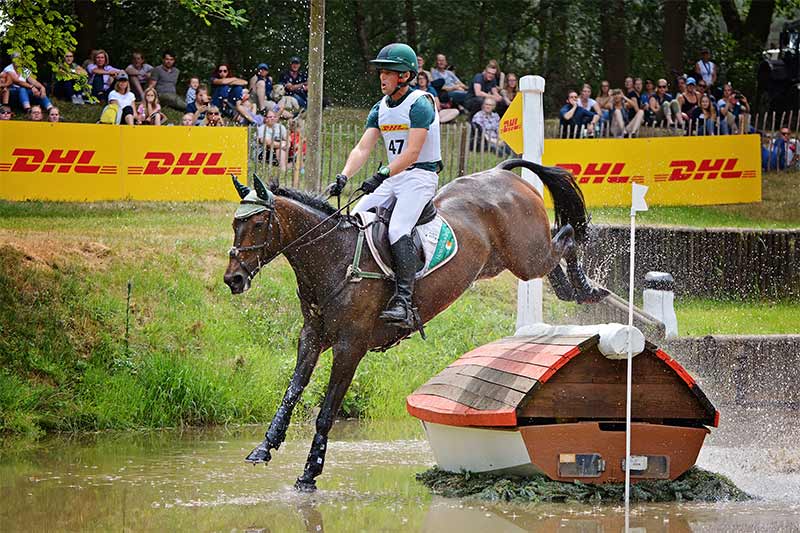
Vices in horses are a regular occurrence as part of stable life. Understanding and managing them is vital for both a horse’s well-being as well as sale value.
Vices in horses are the bad habits but are officially classified as stereotypies. Stereotypic behaviours are those that are repeated without any apparent or obvious purpose or function. These behaviours are seen in many species and are reported in 10– 20% of the domestic equine population.
The most common vices in horses are crib-biting/windsucking, weaving, box walking, wall kicking and in a small number of cases varying degrees of self-mutilation. (The self-mutilation tends to occur in stallions more often than mares or geldings.)
A horse with a vice divides opinion across the equine industry. Many people disregard vices with the adage, “what a horse does in his spare time is his own problem”. Others consider a horse with a vice to be unsound. Regardless of personal opinion it is the general consensus in the industry that vices reduce the financial value of horses, they must be declared at auctions and are cause for the sale of a horse to fall through if detected after the sale.
Recent interpretations of crib-biting and windsucking suggest the terms are mostly interchangeable. Crib-biting is a habit whereby the horse grabs something solid, usually the top of the door or the fence line, wind sucking is when the horses inhales or gulps air usually when biting the door. Some horses can wind suck without the typical grabbing onto something. New research shows that wind sucking horses do not in fact swallow the air.
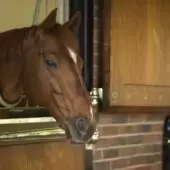
Causes of Vices in Horses
The causes of vices are unclear but environment is likely to play a significant role. Horses are designed to be on the move, grazing throughout the day. Many generations of breeding domestic horses has ensured that most horses are well adapted to the trials of stabled life. However it must be remembered that the horse was intended to graze 70% of the day so is designed to be using its mouth most of the day.
Causes of vices in horses include the effects of weaning (and early weaning), training, feeding, housing, and social contact and general boredom. A confined horse can feel alone and anxious, isolated from other horses and may start to display problem behaviours. Sudden changes can also spark problem behaviour.
Prevention and management of vices in horses should be focused mainly on environmental enrichment. Turn the horse out as much as possible, and provide ad lib fibre in the stable to mimic grazing behaviour. This will also improve digestion, nutrient absorption and general health of your horse. Adding chaff to concentrate meals will prolong feeding time, and reduce standing rest. Toys such as balls in the stable, and distractions around the yard can also be helpful.
Vices tend to be more prevalent on the bigger busier racing yards. This is due to many factors, the thoroughbred as a breed are more likely to develop vices than the draught types or ponies, the racing yard environment can be quite stressful, the horses are fitter and more active, even in a busy yard the bustle of the day is usually watching other horses move about which can cause anxiety. Anecdotally adding other distractions may help, chickens wandering about the yard, a bird feeding station, even a radio playing in the background may be helpful.
Treatment and Management
There is no quick cure for stable vices and most owners learn to tolerate moderate bad habits. But if you do have a horse that crib bites or wind sucks one of the main reasons to complain is the endless destruction of stable doors, fences and anything else that a habitual crib biter can get his teeth onto.
In order to reduce the general destruction or as part of a management plan to try to reduce the incidence of crib-biting barrier methods may be used. This may be covering wooden surfaces with metal guards or “Crib Halt” can be applied to surfaces. “Crib Halt” has a particularly unpleasant taste so that the horse is less likely to want to grab the surface.
Chewing, particularly wood chewing is often observed in horses but is not a vice. Youngsters may also chew rugs and tails of other horses. Crib Halt is particularly effective in dissuading chewing on this level. However some chewing is caused by mineral imbalances in the diet so it might be useful to contact your vet or the nutrition team.
Crib Halt contains capsaicin which is the chemical that makes chillies hot, this is a taste that horses find particularly unpleasant. It is not suitable for use in competition horses.
“Crib-Halt Capsaicin Free” is a competition safe, proven formula anti-cribbing gel to stop horse’s unwanted chewing.
Vices in horses cannot be discussed in detail within a short article, if you are concerned that your horse may be developing a vice, or need help in managing an existing vice please contact your vet or a member of our expert team.
